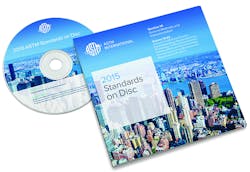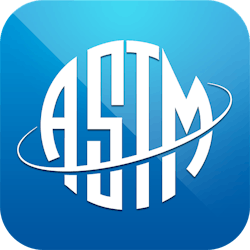What Are the Differences Between the 6 Types of ASTM Standards?
But ASTM International has at least six different types of standards. Here are short explanations of what each of these different standards contain:
Test Method Standards are defined procedures that generate test results. Examples include identification, measurement, and evaluation of one or more qualities, characteristics, or properties.
Practice Method Standards are instructions for performing one or more operation that does not generate a test result. Examples include application, assessment, cleaning, collection, inspection, preparation, sampling, and training.
Specification Standards are requirements that must be met by a material, product, system, or service. The specification identifies test methods for determining whether each requirement is met. These requirements can include physical, mechanical or chemical properties, and safety, quality or performance criteria.
Classification Standards are systematic arrangements or divisions of materials, products, systems, or services into groups based on similar characteristics such as origin, composition, properties, or use.
Guide Standards are collections of information or series of options that do not recommend specific courses of action. They generally inform people of the knowledge and approaches being taken in given subject areas.
Terminology Standards contain definitions of terms and explanations of symbols, abbreviations, and acronyms.

